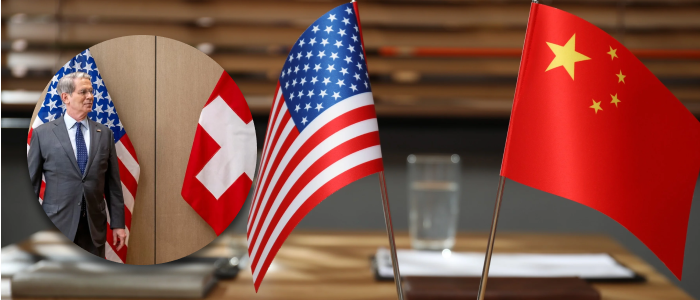Apple Shifts iPhone Production From China to India
Apple will now make most of the iPhones sold in the U.S. at its new plant in India Apple recently said that it will be making nearly all of the iPhones that are sold in the U.S. in its $25.7 billion factory in India. The shift is an effort to negate the impact of tariffs that could increase Apple’s expenses by $900 million this quarter alone. On a conference call with analysts on Tuesday, CEO Tim Cook said that India would become the company’s main factory site for those sent to the U.S.
The removal is part of Apple’s broader efforts to reduce its reliance on China as the coronavirus pandemic has disrupted the company’s supply chain and business. [Despite Trump Said] No Go On American Made iPhoneAn insider source writes: "Apple cannot solely rely our CKD process on which would also help them get closer to their makers, Apple India sores their products at.- but Trump's Labour costs incentive is applicable on —- Ashraf Eassa (@Arich10) recently reported that that Apple likes in the US because it wouldn't make sense to make iPhone individually in US costing over $2,000 each. An iPhone made entirely in the U.S. would cost $3,500, the tech analyst Dan Ives said.
Apple to Invest Heavily in U.S. While Moving Funds Around the Globe
As Apple ramps up production abroad, it still has not given up on the United States. Apple in February said it would spend an additional $500 billion over four years on U.S. operations and create 20,000 jobs. The program comprises improvements to facilities and the manufacturing of products such as the Mac Pro in Texas.
Trump noted Apple's domestic work (and said the company is “upping their production in the United States”), but he underscored his request for further made-on-U.S.-soil production.
The two still have a relationship, however, and he has had good things to say about Cook in the past. The President's latest comments, however, underscore his increasing frustration with U.S. companies continuing to depend on foreign production amid increasing trade tensions.












